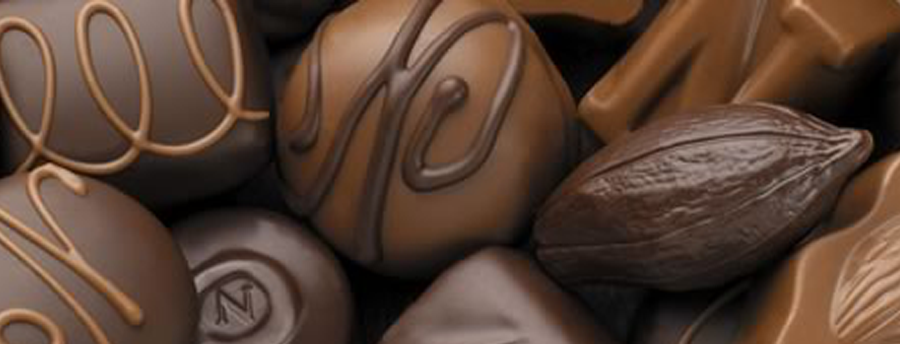If you’re a brand that is often considered unhealthy in this increasingly health-conscious, calorie counting population, you may feel a little stressed. But the truth is, no matter what consumers intend, it’s unrealistic to assume that they will eat completely healthy 100% of the time. According to the “80/20 rule”, if you’re healthy 80% of the time and not so healthy 20% of the time, you are on the exactly right path (unless of course you are on a very restrictive diet). So if your brand falls in that 20%, not so healthy place, you still have a chance to connect with this growing group of health-conscious consumers. There are plenty of studies that suggest there are both mental and physical benefits to a little indulgence – especially a high-end indulgence. Tips for marketing healthy food are not a one trick pony.
To see an example of this, we only need look to the world of chocolate. In recent years, sales of premium chocolate like Godiva and Lindt have soared. The primary reasons for the growth of this historically un-health food are the health benefits, both physical and mental, associated with premium chocolate. This is particularly true for dark chocolate, which has helped boost chocolate sales immensely because of its antioxidants and healthy fats that that are now being touted to be beneficial to your heart and cholesterol levels (woohoo). And health-conscious consumers are getting wise to the fact that the higher the actual cacao levels in chocolate, the healthier the brand is. That’s why you’ll probably see many premium dark chocolate companies boldly advertising the cacao percentages on their packaging. A labeling tactic that many use in marketing healthy food brands all over.
Beyond physical health benefits, the health-conscious consumer knows that indulging every once in a while can improve your mood. Psychologists say knowing you can have an indulgence once in a while makes it easier to stay focused on being healthy most of the time. Healthy eating author Joel Marion says that a little cheat actually helps leptin levels increase, sending your body the signal that you are not overly hungry so that you continue releasing fat. And as all of us dieters know, routine indulgences and a little flexibility in a diet prevent feelings of deprivation, which often lead to binging and weight gain.
Instead of trying to be an every day brand, indulgence brands might want to just be true to what they are-a treat. And if they’re good at convincing consumers that they are a really good treat, and maybe even have some health benefits that consumers weren’t aware of, they might just become a go-to treat and become part of a long, meaningful relationship. And isn’t that the kind of relationship we’re all looking for? It is in marketing healthy food.

